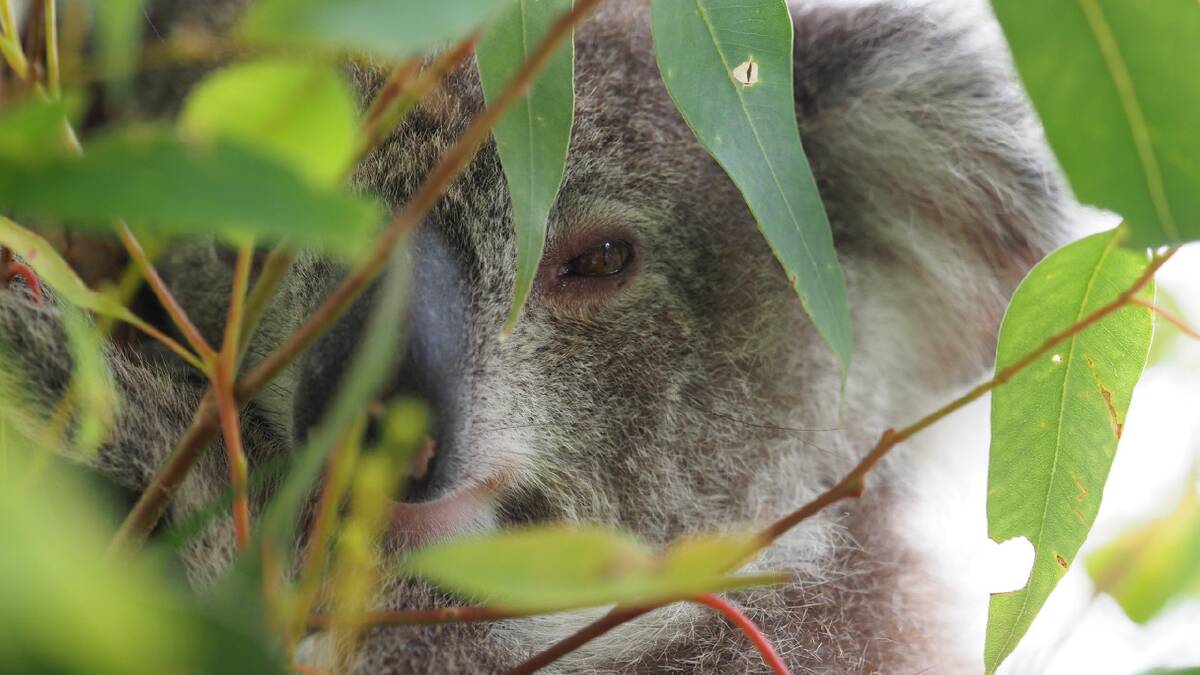A frisky young koala rescued from the roof of an Emu Heights house has passed a health check with flying colours and been released back into the bush in time for Christmas.
Create a free account to read this article
$0/
(min cost $0)
or signup to continue reading
Named Emily by her rescuers, the confused female koala was spotted on the tiled roof of a suburban home by a neighbour on December 1, 2022.
Penrith Fire and Rescue crews helped bring her down and into the safe keeping of a WIRES volunteer wildlife carer.
She was captured on camera looking disoriented as dogs barked nearby.
On the brink
An endangered species in NSW, koalas on Australia's east coast are plagued with the disease chlamydia, which can send them blind and make them infertile.
Land clearing and bushfires have also dramatically reduced their population. A 2020 NSW parliamentary inquiry found koalas could be extinct in this state by 2050.
The Australian Koala Foundation said there was a 41 per cent decline in the NSW and ACT koala population between 2018 and 2021, plunging from a maximum estimate of 15,520 to 9,605 over just three years.

The Blue Mountains koalas are some of the most genetically diverse in Australia, according to Science for Wildlife which runs a koala project to track and protect the local population.
"Since [the Black Summer] bushfires we really haven't been getting many sightings around that area," executive director Dr Kellie Leigh said.
"It's really exciting that a koala has turned up."
Dr Leigh said there were a conservatively estimated 1500 to 2000 koalas in the Blue Mountains and Hawkesbury region. She encouraged people to report any sightings to Science for Wildlife.
The Sydney Basin Koala Network, a joint initiative of the Total Environment Centre (TEC) and WIRES, has vowed to make koala habitat a state election issue.
It will be releasing a Sydney basin koala election policy ahead of the March poll and encouraging voters to speak up for koalas, support local community groups, and take part in citizen science training sessions, TEC executive director Jeff Angel said.
Back home for Christmas
Emily was given a clean bill of health by WIRES and fitted with a tracking device by Science for Wildlife before being released into bushland at the foot of the Blue Mountains on December 19.


